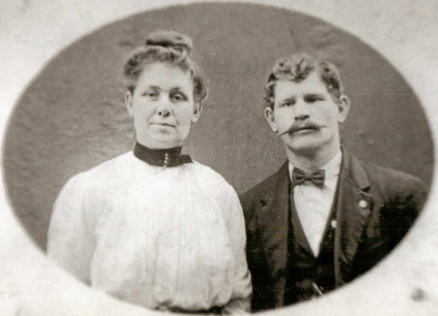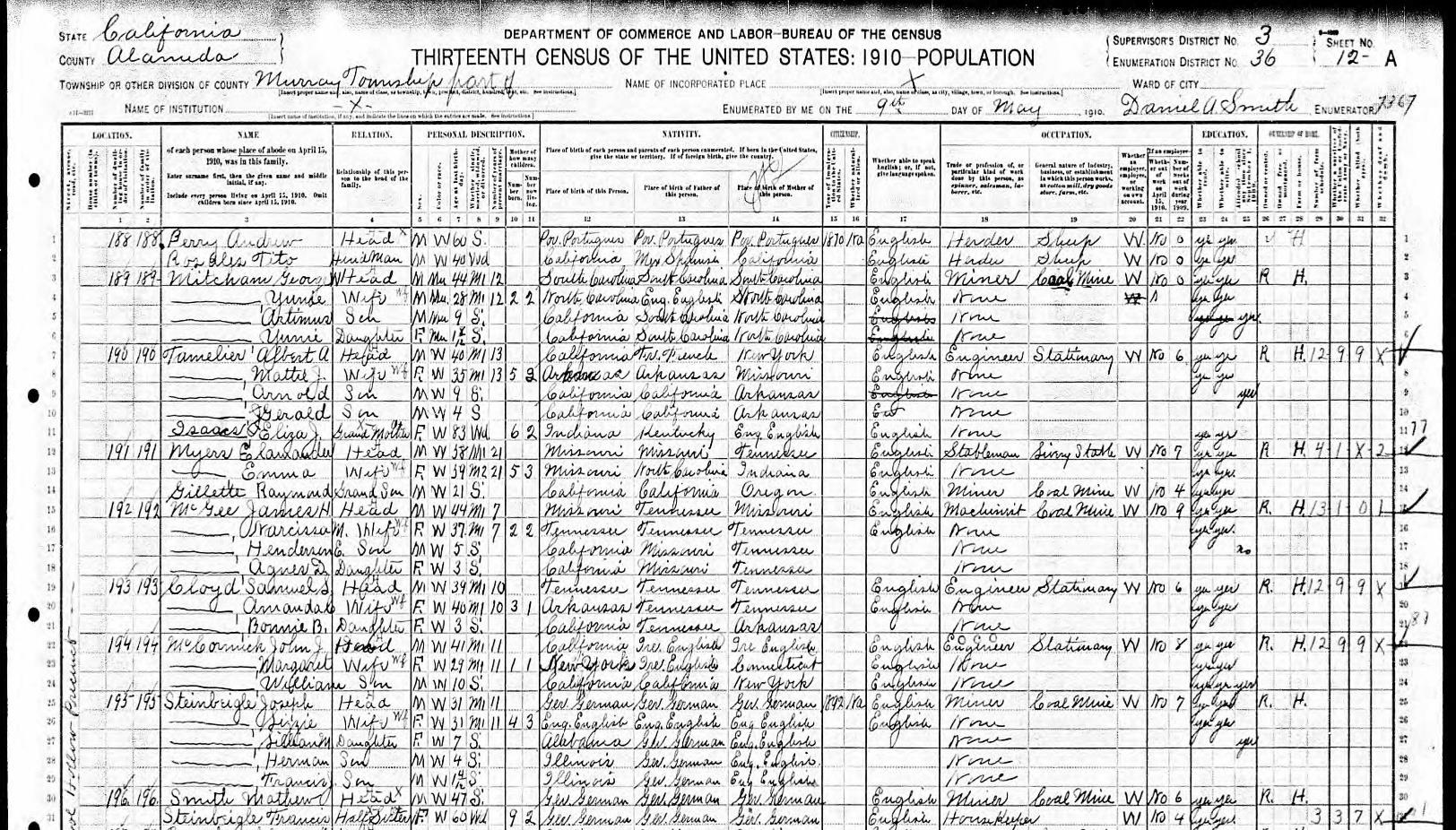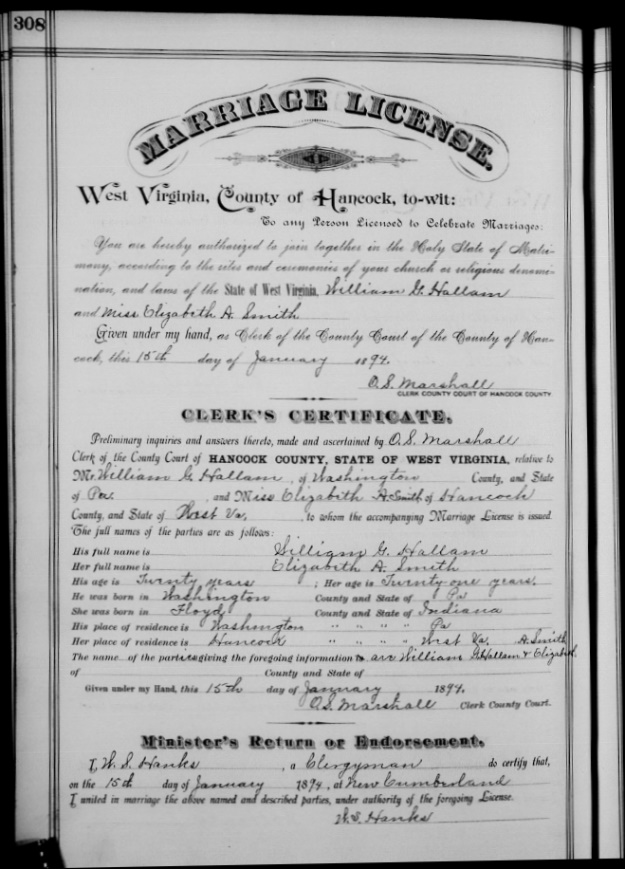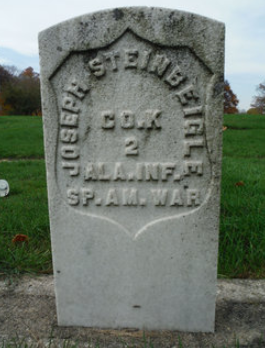Simplified Strategy Part 1
 24
24May
When teaching classes on beginning Family History research, the question is often asked, “What should I do first?” This is an excellent question, and when encountering a genealogical problem, big or small, it is helpful to have a strategy, or an order of things to research. This article will focus on the first four of eight steps of a simple strategy or order of research. The last four steps will be included in a subsequent blog.
FIRST It is essential to ALWAYS first look for what others have researched on the ancestor in question. If the research has been done thoroughly and appears correct, the problem will be resolved quickly. If it is difficult to tell how much effort has gone into the research, it is still valuable for there will be clues to assist in moving forward with the problem at hand. A rule of thumb to determine the reliability of others’ research is to see how much documentation has been used. The more documentation, the better, particularly if it includes certificates or family bibles. Also, if photos and stories are included, it is possible the person who did the research is closely related and has had information passed down through the generations. Though the information found in family histories may not be totally accurate, there is generally an element of truth in most stories. Sometimes, another person’s pedigree may be a one-stop shopping place filled with documentation, photos and stories. But, at the least, there will, hopefully, be some clues to be found. Places to look for previous research include the following:
- FamilySearch.org
- Ancestry.com Public or Private Member Trees
- MyHeritage.com
- Google the name of the ancestor in quotes, i.e.: “Thomas Hallam” Washington County, Pennsylvania

SECOND The second step is to find the family on every census possible. This is because it will form a framework or outline of their lives. You will be able to see where they lived so that future records can be searched in those areas. In addition, a census will provide other valuable information, such as ages, where born, sometimes where parents were born, relationships, other relatives possibly living in the family unit, occupations, immigration information and more. The best places to look for a United States, Canadian, or United Kingdom census is at FamilySearch.org (Search Records) and especially at Ancestry.com (Census collection). For censuses in other countries, these two places may be used, but MyHeritage.com has excellent resources for Scandinavian censuses.

THIRD Vital records are next. This isn’t placed first, because often these records are attached to research done by others. Also, it is difficult to know where to look for a record if you don’t know where the person lived and at least an approximate date of birth, marriage or death. The main types of vital records are civil registration by the government church records. FamilySearch and Ancestry both have many resources for vital records.
Family Search The best place to look for vital records on FamilySearch.org is to go to the catalog and find the town, county or state where the event occurred. The FamilySearch Wiki is a good place to learn what vital records are available for the area in question. For civil registration in the US, marriage records usually begin around the inception of the county. Births and deaths generally begin in the early 1900s, although a few states do include earlier years. In England, civil registration began in 1837 and excellent indexes can be found at gro.gov.uk . For other countries, it is best to check the FamilySearch Wiki. Church records can be found at a city, town or village level in almost any country. The best way to find these records is to look for the locality in the FamilySearch catalog and see what church records are available.
Ancestry To find vital records in Ancestry.com, go to the “Search” page and scroll to “Explore by Location.” Choose your country, then state or province and examine the records available. Both civil registration and church records will be listed.

FOURTH There are other options to be explored which reveal further information about an ancestor’s birth, marriage, death and relatives. Findagrave.com was started as a place to post photos of gravestones and basic information, but rapidly became a place to include biographical information, obituaries, and links to other family members. Billiongraves.com also has photos of gravestones, but not quite as much biographical material. Once a death date is found for an ancestor, one of the first things that should be done is to search for an obituary. This can easily be done by calling the county library where the ancestor died and request a search for an obituary in any surviving newspapers the library may hold. There are also pay websites which can be searched and are available to use at no cost at your local Family History Center. A fairly new feature on Ancestry.com is the “US Social Security Applications and Claims Index, 1936-2007.” This is an index of applications made by those applying for social security and often includes the names of parents.
To summarize: first, look for research done by others; second, find your family on every available census; third, search for vital records, be it civil registration or church records; fourth, try to find your ancestor on Findagrave.com or Billiongraves, and try to obtain an obituary. By following these steps, you will, hopefully, have success in either solving the problem or finding new information and clues. The expert researchers at Price Genealogy can assist you with any aspect of your research.
Diane
